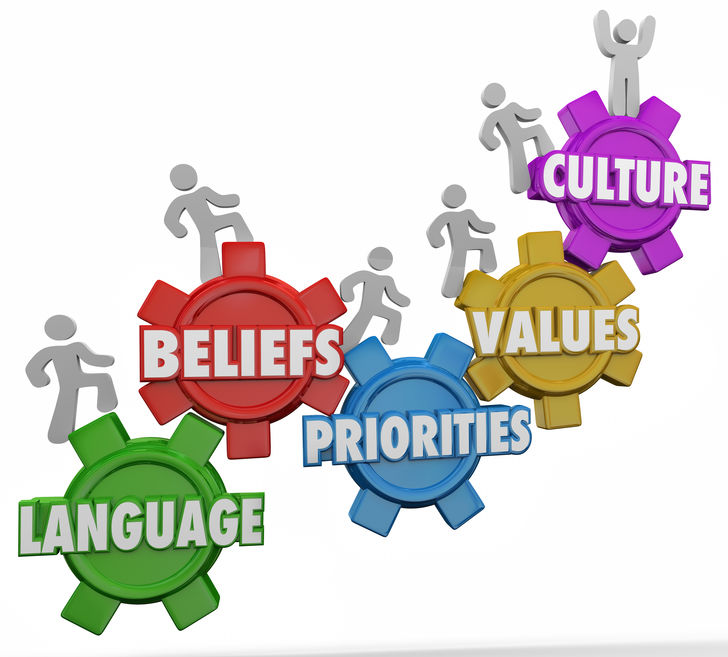First Things First
Leadership creates a culture of success by establishing and communicating goals, values, vision and mission. Leadership also ensures the daily behaviors reinforce the organization’s committed path and direction.
Engaged leaders communicate their goals through written vision and mission statements. That way everyone is on the same page. If employees know what leadership wants to accomplish, it’s easier to get there. Company vision and mission are slightly different. However, both play vital roles in shaping the decision-making and culture of a company. A mission statement is a concise statement that identifies what you, your products or services are in business to achieve; in other words, the “who”, “what” and “why” of the company. A vision statement articulates what a company hopes to become and accomplish when it achieves success. It represents the organization’s contribution to customers, society and the world at large, rather than what it is and does.
Encourage Alignment in Company Culture
Research shows that 97 percent of employees and executives believe lack of alignment within a team impacts the outcome of a task or project. Alignment amongst departments fosters a synergistic relationship throughout the company. Alignment is cultivated through an inclusive planning process, strategic flow of information, open communication, cross-developmental collaboration, accountability and a laser focus on organizational objectives. When everyone understands what their role is and how they contribute to the larger picture, their individual functions remain solutions-oriented. In a recent interview with John Golden of SalesPOP!, he reminds us that “someone has to drive that process.” In order for alignment to succeed, it must be encouraged from the get-go and through all levels of leadership. Once that alignment starts to take hold, companies can see 180-degree change that results in collaboration, better internal communication and naturally increased ROI.
Practice Makes Perfect
A company culture is not a one-and-done action. It’s a living, breathing thing and it’s important to treat it as such. Your employees’ attitudes and behaviors will shape culture and vice versa. Consider how to create an environment of positive encouragement. For example, Google is consistently recognized for its exceptional company culture. This is a direct result of shaping employee attitudes in a positive way. According to Entrepreneur Magazine, “[Google] sets the tone for many of the perks and benefits startups are now known for. Free meals, employee trips and parties, financial bonuses, open presentations by high-level executives, gyms, a dog-friendly environment and so on. Googles are known to be driven, talented and among the best of the best.”
Driven by Value
Not every company can or will be Google. An overall commitment to company values is what drives Google’s strong and well-known culture. Share the beliefs, philosophies and principles driving your business throughout your organization. As well, enact them in the communications and corporate mission you emulate. This requires consistent, effective and authentic conversations. Communications based on value are the cornerstone for producing alignment, innovation and collaboration. Ongoing, back-and-forth communication inspires team members, reinforces desired behaviors and ensures leaders hear them. From there, your internal culture can shape and guide the company’s actions through the people within and create an organization that’s worth representing.


Comments are closed.